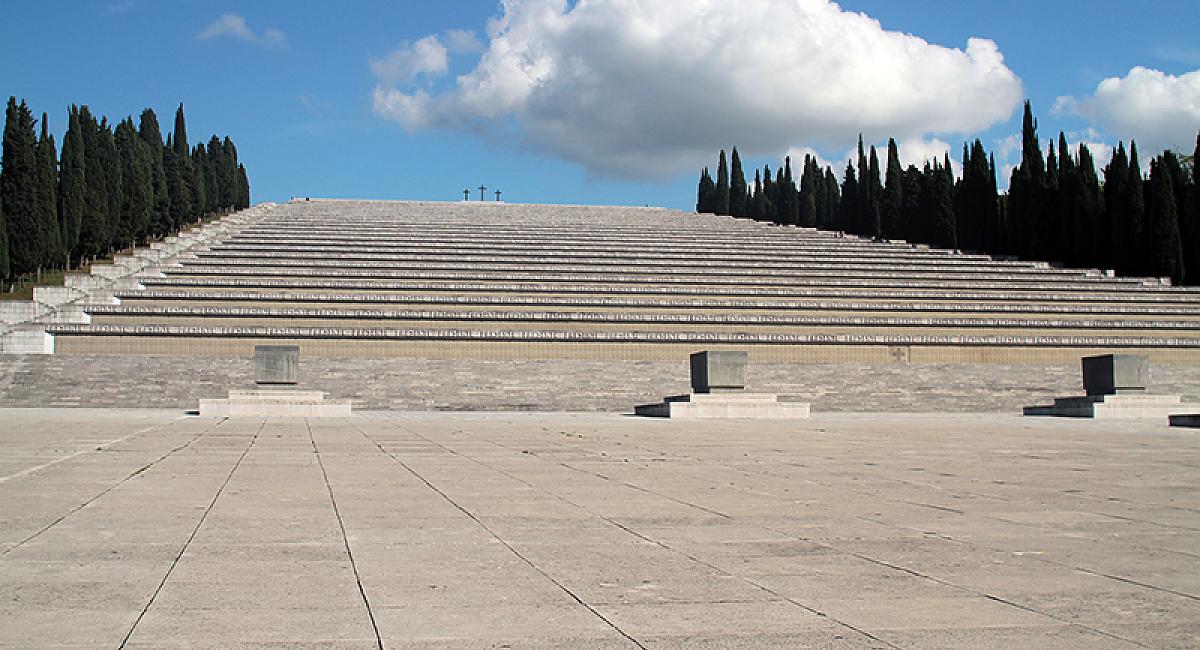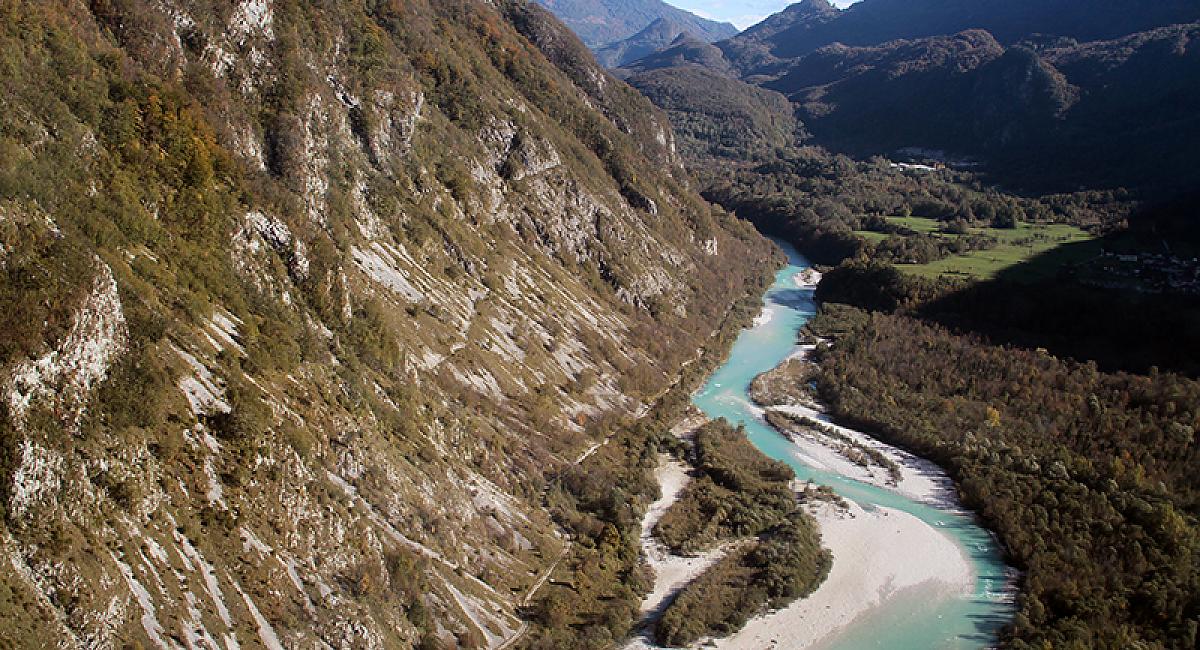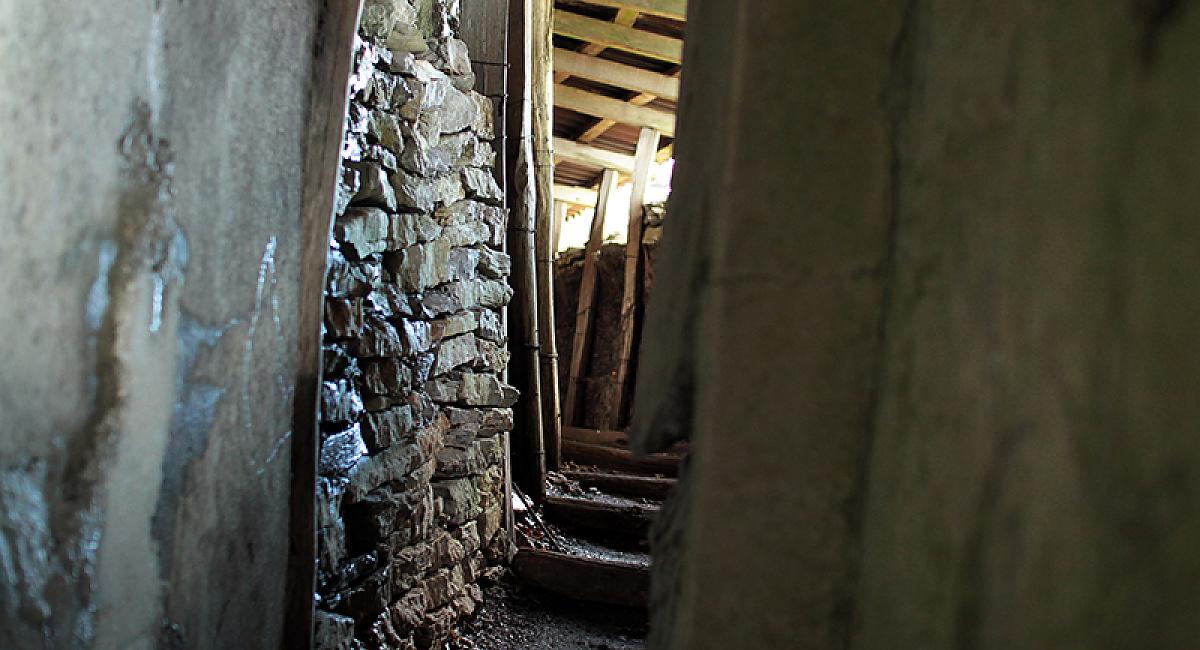Story
After Italy declared war on Austria-Hungary at the end of May 1915, the mountains and valleys from the Carnic and Julian Alps to the Adriatic became the scene of war. Above all, the Isonzo river was to become a synonym for dying a hundred thousand times. More than a million dead, wounded and missing: that is the result of a total of 12 isonzo battles expressed in bare figures. Today, the region along the Soča River in Slovenia, which after the border with Italy becomes the Isonzo, is still marked by the traces left by the First World War. The trenches, outposts, underground caverns and supply routes in the high mountains, along the Isonzo and in many side valleys as far as the Karst north of Trieste give only a glimpse of the fierceness and cruelty with which the war was fought here. The common history has made the region along the Isonzo a transnational area of memory for many European peoples, because in the Austro-Hungarian army members of all nations of this multi-ethnic empire served and died: Czechs, Hungarians, Germans, Slovaks, Slovenes, Bosnians, Ruthenians and Italians. The documentary “Isonzo – War in the Mountains” by director Gernot Stadler explores this transnational space of remembrance and asks to what extent the events of the First World War almost 100 years ago have shaped the identity of the region and its people to this day. Collectors of war relics, historians, museum operators, and the staff of Pot Miru/Weg des Friedens, a foundation that, together with other organizations, links many of the former paths along the front to long-distance routes. Impressive aerial images show the unimaginable effort with which the widely branched positioning systems and supply routes of the Austrians and Italians were constructed in the high mountains. The film is a portrait of a wildly romantic mountain region, where history is omnipresent and shapes the daily lives of the people to this day.




